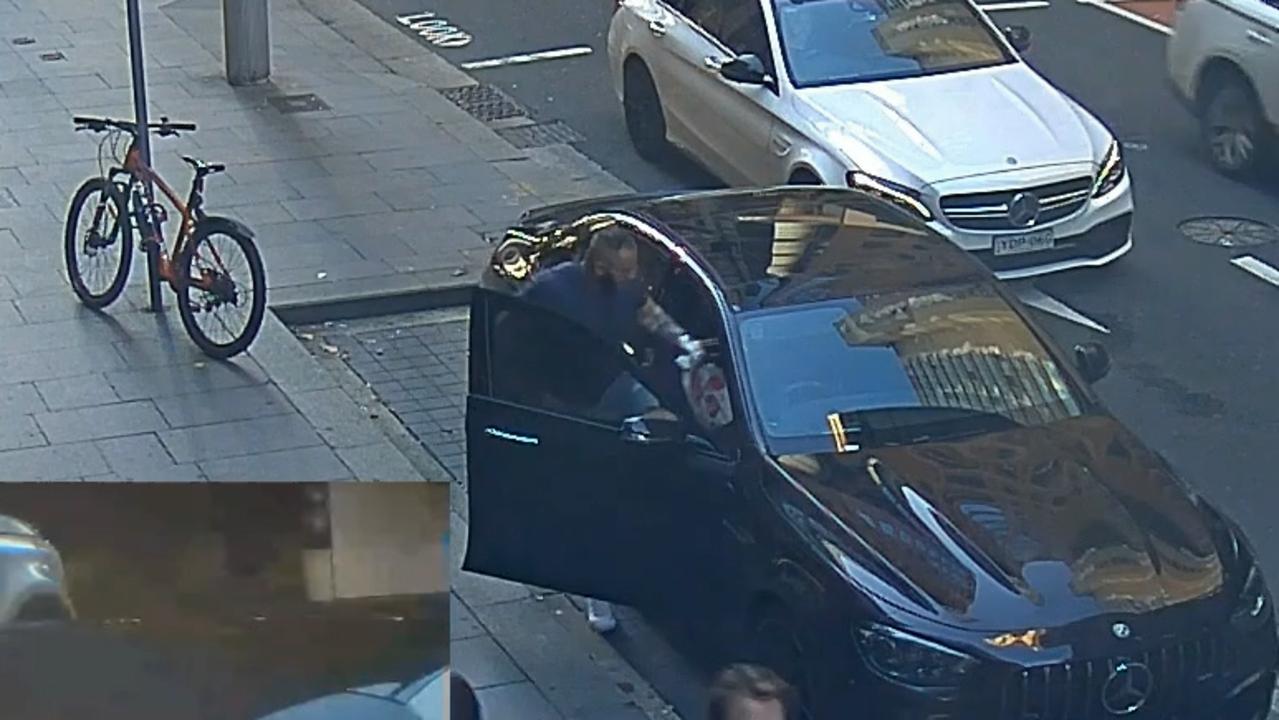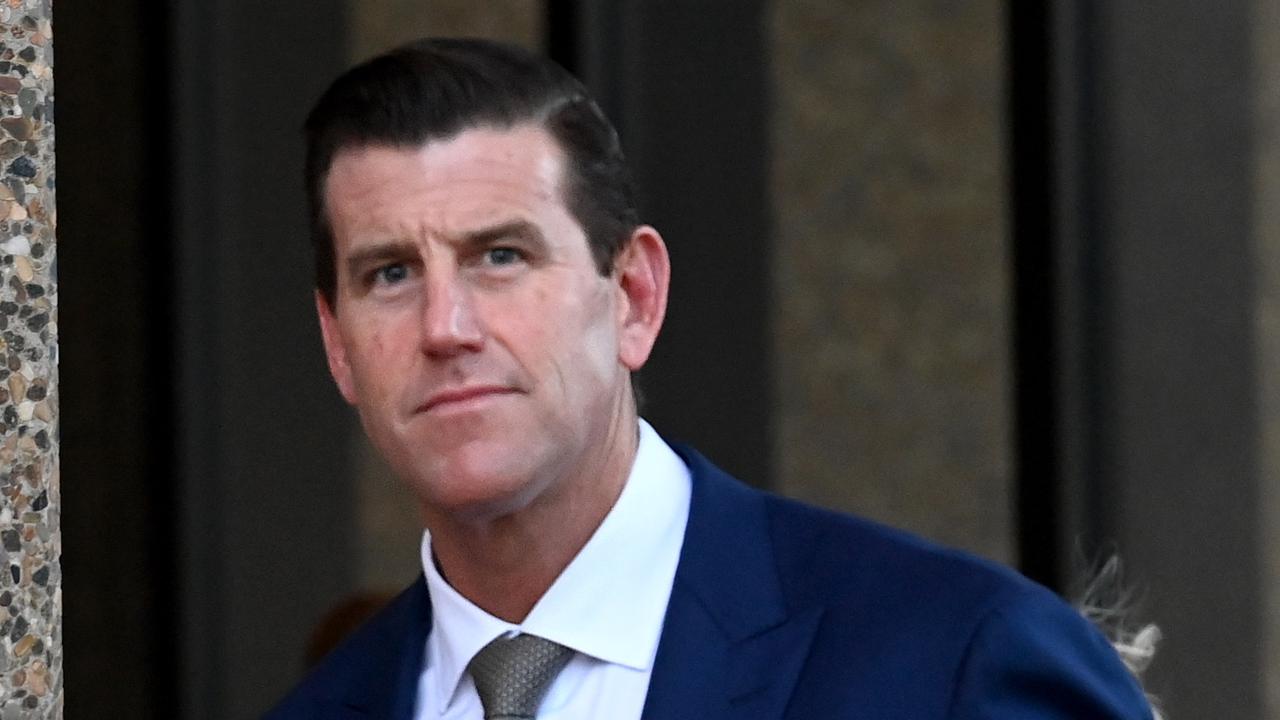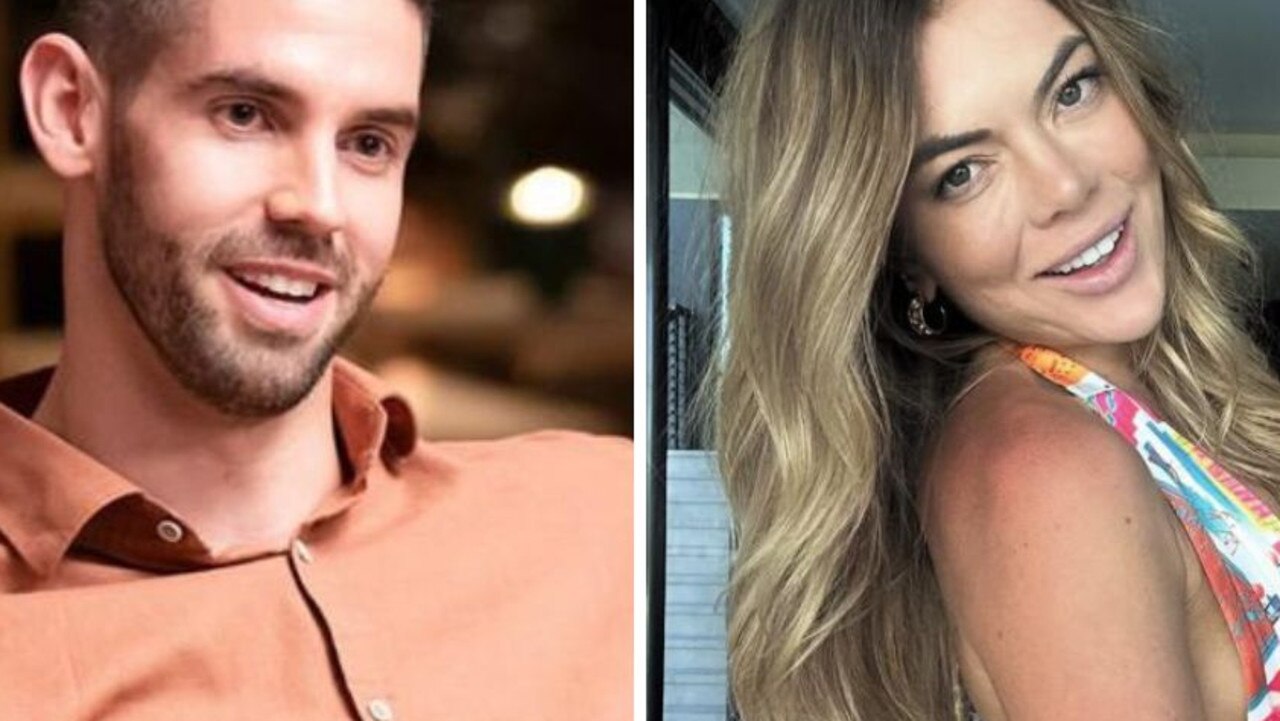Inquest into Sydney family’s murder-suicide raises questions over fathers intentions
The position of the body of a dad suspected of killing his family in a murder-suicide has raised questions about whether he intended to die.
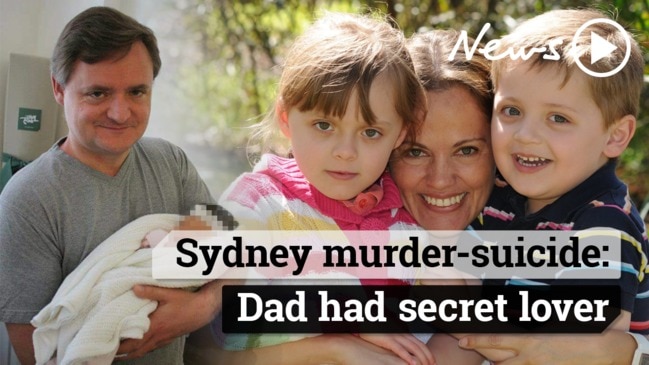
A Sydney father who is suspected of murdering his wife and two kids by poisoning them with toxic gas may not have meant to kill himself, an inquest has heard.
The body of Fernando Manrique, 44, was found sprawled face down on the floor in the hall way of his home in October 17, 2016. This is in stark contrast to the bodies of his wife Maria Lutz, 43, and children Elisa, 12, and Martin, 11, who were found in bed.
Counsel assisting Adam Casselden told a coronial inquest into the deaths of the Manrique family that items found in the house — including a packed suitcase — could point to the possibility the father was about to flee.
Manrique travelled to the Philippines every month on business, and the inquest heard yesterday he had a teenage lover in the country to whom he had wired money prior to the deaths.
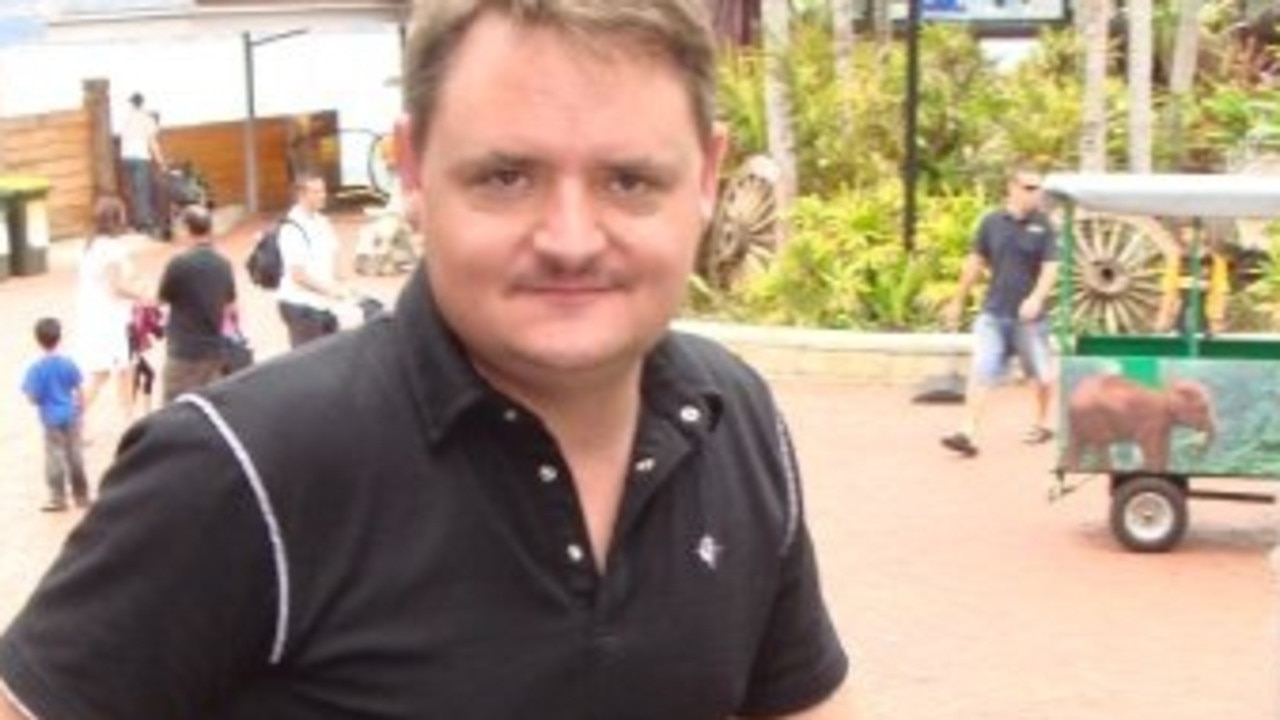
BODY POSITION ‘OPEN TO INTERPRETATION
In its second day, the inquest looked into the events in the run up to the discovery of the family’s bodies. The judge presiding pointed out there was no suggestion the mother had any hand in the family’s death.
When police searched the Manrique residence, they found an elaborate mechanism connecting carbon monoxide gas cylinders stored in a shed to the home via a series of pipes in the roof and into the rooms.
Through an open window, officers first made the grim discovery of Maria’s body lying in bed.
Her daughter Elisa was beside her while Martin’s body was found in his bed. The family dog, Tequila, was also dead lying on the floor close to Martin.
Mr Casselden said it was likely Maria, Elisa and Martin died as they slept in the early hours of Monday morning.
But the position of the father’s body, on the floor in a hallway rather than in bed or on a sofa for instance, raised questions about his intentions. As did a burnt computer found in the home.
“Did Fernando intend to die with his family? That’s open to interpretation,” he said.
“The body in the hallway is consistent with being overcome with gas — but also suicide.
“Burning the hard drive could be consistent with him moving to the Philippines — or ending his life.
“There were two suitcases with mens clothes (found in the house) but given how frequently he travelled he may have packed them for convenience.”
However Mr Casselden said other evidence at the home in Davidson, on Sydney’s leafy upper north shore, meant the tragic events could equally be a murder-suicide by a man who was running out of money, was in arrears to the Australian Taxation Office (ATO) and whose marriage had irrevocably broken down.
There’s little doubt Manrique spent some time planning the deaths. He travelled to a nearby Bunnings hardware store in the weeks before the incident buying equipment to rig up the house. He also sent a money transfer of $3400 to his lover in the Philippines who said he had been noticeably “stressed” during their final time together in September 2016.
At the time he wired the cash abroad his family trust account held less than $10, he had $28,000 outstanding on credit cards and thousands owed to the ATO.
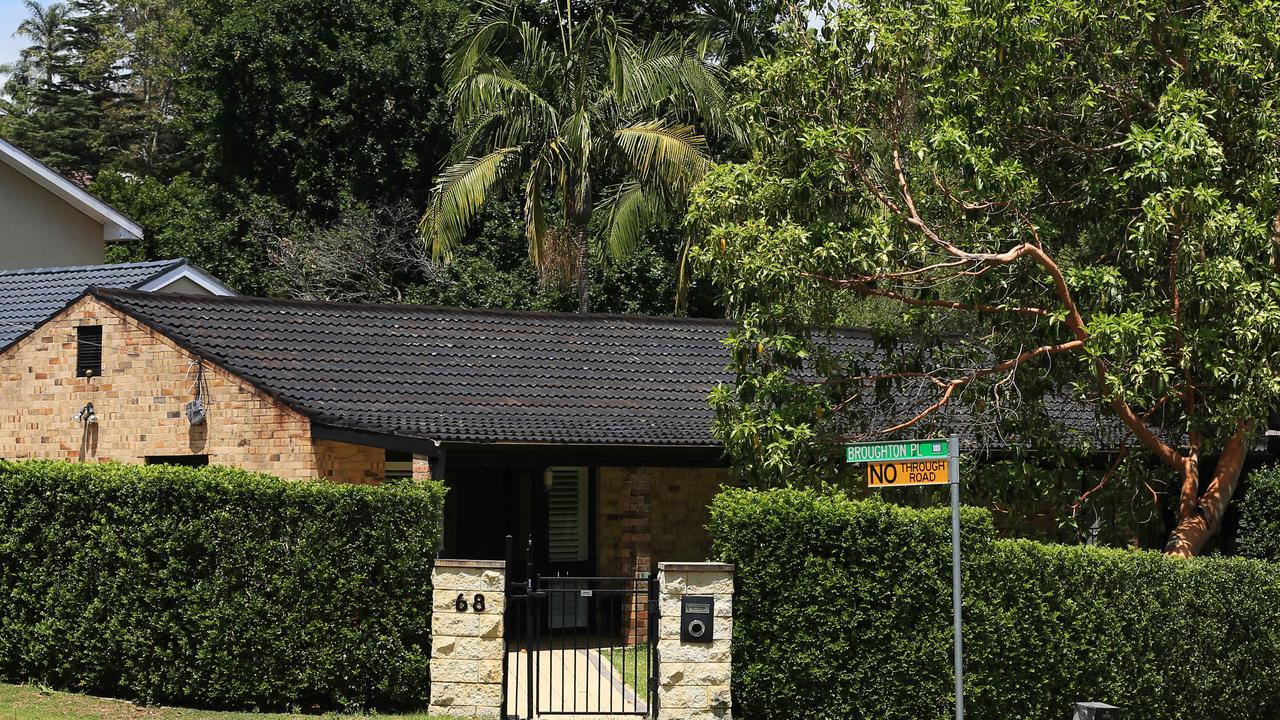
SUITCASE PACKED, DOORS LOCKED
Mr Casselden said after Manrique began pumping carbon monoxide into the home, he must have been aware of the danger the toxin posed.
“Why did Fernando re-enter the house if he intended to live (given) he almost certainly knew carbon monoxide was odourless, colourless and lethal?” he asked.
“He was possibly inadvertently overcome but why would he (go back into the home) without taking precautions?
“All the doors were locked which is not consistent with him re-entering the house for a brief period.”
The focus of the inquest on Tuesday was the relative ease with which Manrique could get a large quantity of carbon monoxide and have it delivered to the residential address, with gas company BOC, who supplied the carbon monoxide cylinders, and distributors Linfox under the spotlight.
More than two years after delivery drivers dropped off the gas canisters, which unknown to them would later be used in the killings, there are still few “checks and balances” to prevent it happening again, the inquest heard.
On Monday, Linfox driver Robert Lamont, one of two drivers who dropped off the canisters, said in two years of delivering gas this was the only time he’d delivered carbon monoxide.
“They are a very distinctive cylinder. It sticks out as dangerous,” Mr Lamont said.
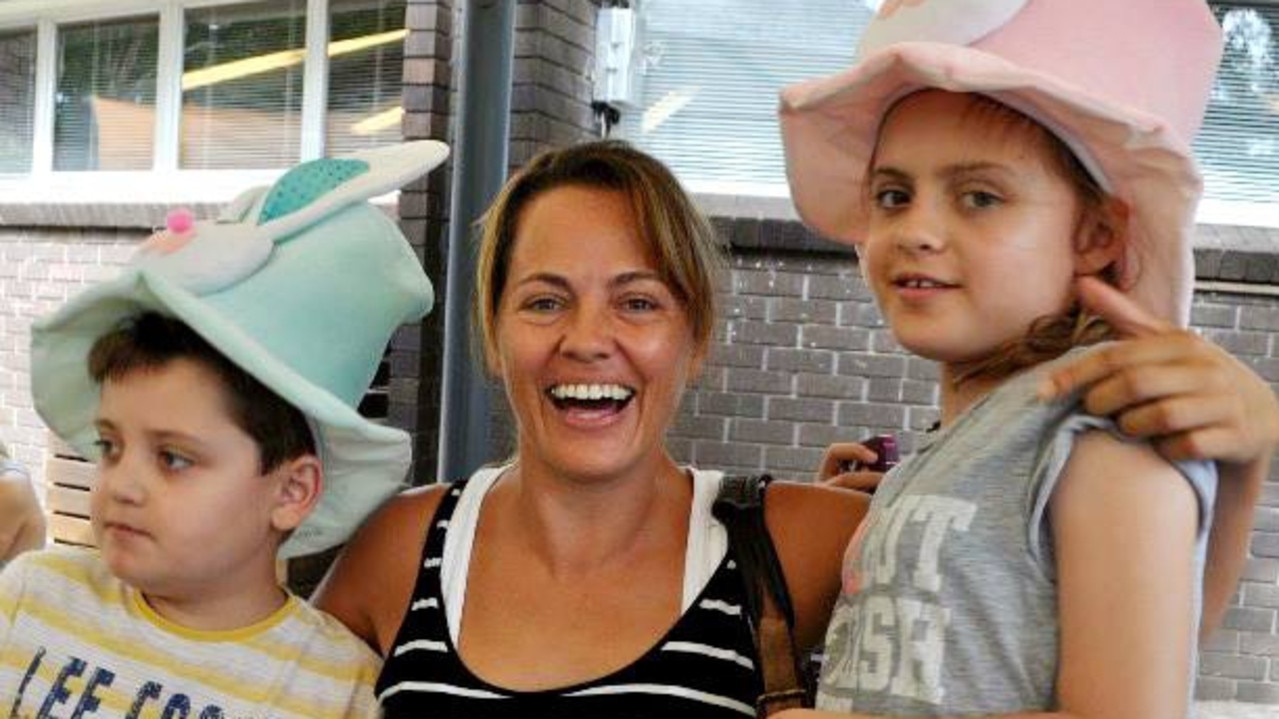
TOXIC GAS DELIVERIES
Another driver, Daniel Reilly, said it was a “bit odd” when he was asked to deliver carbon monoxide to the Parklea home of a friend of Manrique and similar deliveries had been relatively rare. However, upon calling Manrique, the dad of two provided Mr Reilly with plausible reason for the gas’ use.
On Tuesday, Linfox said they still relied on the intuition of drivers to detect a dangerous or unusual situation.
Simon Livingstone, a senior manager at the firm, said while high level discussions occurred between BOC and Linfox following the tragedy, no specific changes were made to how drivers delivered carbon monoxide.
BOC introduced an “end user declaration” following the incident whereby customers purchasing dangerous gases had to declare what they were to be used for.
However, Mr Livingstone said Linfox drivers had not been given copies of these declarations so they were not able to check that with the person the gas was being delivered to.
“Do you see any difficulty with BOC giving Linfox the end user declaration?” asked counsel assisting Adam Casselden.
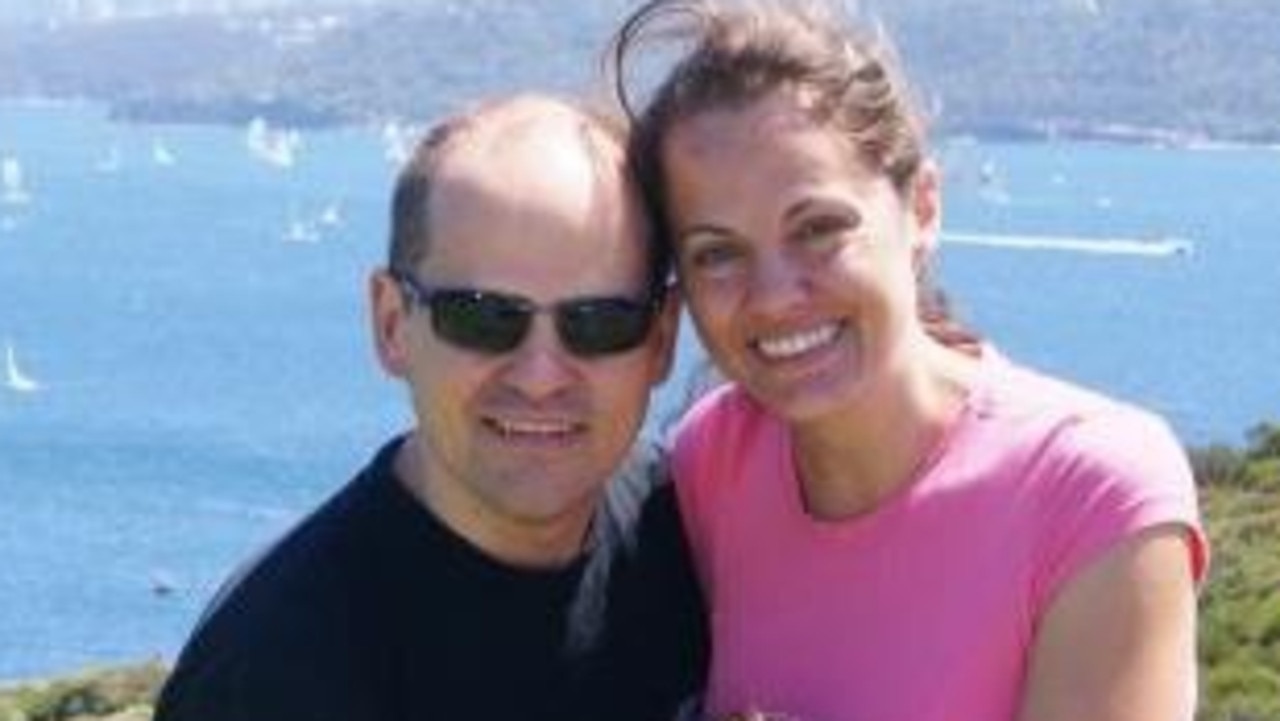
“No, I think that would make sense. The more information between the customer and supplier improves the supply chain,” Mr Livingstone said.
However, counsel for BOC countered that delivery drivers might not have the full knowledge needed in the use of each gas to identify whether or not something was up.
BOC’s head of Health and Safety Robert Brittliff told the inquest that following the deaths carbon monoxide had been removed from the company’s publicly available website and can now only be viewed by customers with an account.
New customers have to provide identification and be a legitimate business.
Manrique had an ABN number and ran a business.
If there were any concerns about the business BOC staff could make further checks.
But, asked Mr Casselden, was a driving licence and that the organisation was genuine the main hurdles needed for setting up an account? “Yes, there’s nothing about improper use,” said Mr Brittliff.
“If a new customer was not large or well-known and passed through the new (application process) to have access to ordering carbon monoxide and that went to a residential address are there still no checks and balances?” asked Mr Casselden.
“Correct,” replied Mr Brittliff.
“Are there any red flags (raised) to deliver carbon monoxide to a residential address now?” he was asked.
“Only if a driver was not comfortable with a delivery. There is not something specific for carbon monoxide to a residential address. The focus was on further up the chain.”
If BOC was made aware a delivery address was a home, as in the Manrique tragedy, could steps be taken to at least make further inquiries?
“That’s a good question,” said Mr Brittliff. “The challenge is what is identifying what is a residential address.”
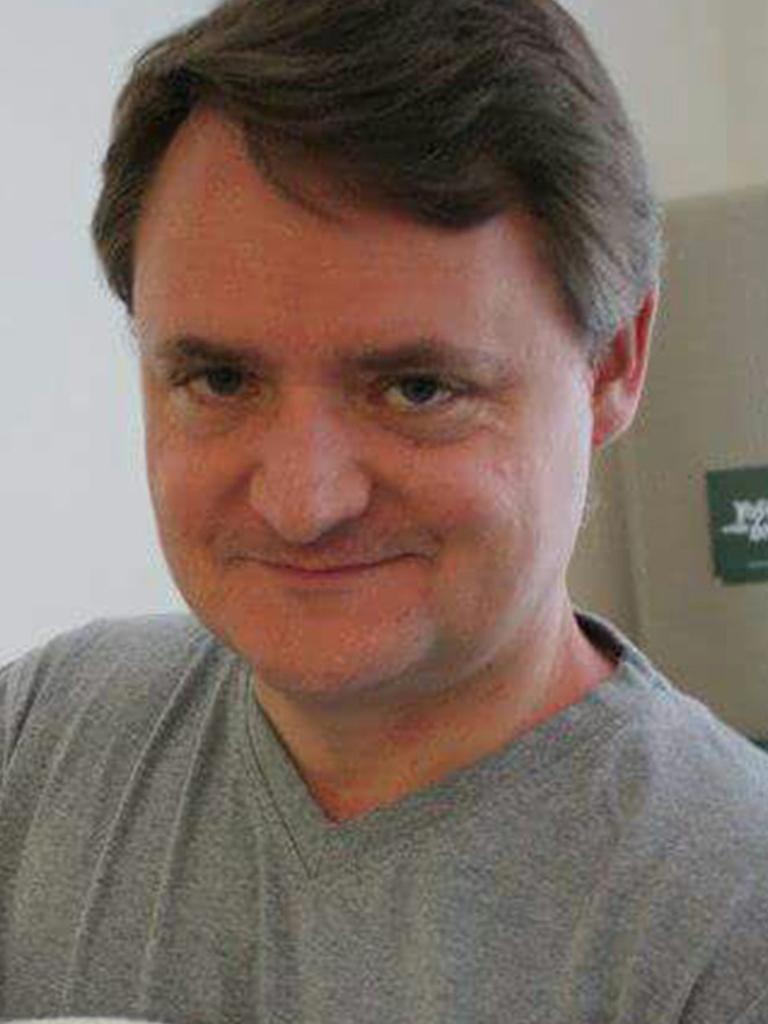
He said with the right training, extra steps could be put in place to help drivers identify customers taking delivery of toxic gases and quiz them on their use.
However, said Mr Brittliff, even gases sent to larger customers were sometimes diverted for nefarious uses. Acetylene was “frequently used” to access ATMs and nitrous oxide was a recreational drug.
Friends of Maria have attended the inquest sporting silk scarfs printed with a picture Elisa, a talented young artists created.
Both kids were born after the couple, childhood sweethearts from Bogota, emigrated to Australia. Both were diagnosed with autism.
Despite the challenges the care of the children posed, Judge Elaine Truscott said there was no indication Maria was involved in her children’s deaths.
“The impression the friends of Maria have given the court is to make it very clear Maria loved her life and had every intention of continuing a loving and productive life with her children,” the judge said.
“There’s no suggestion in any of the evidence the deaths were merciful at all. She didn’t require mercy, she provided her two children with the utmost,” the judge said.



